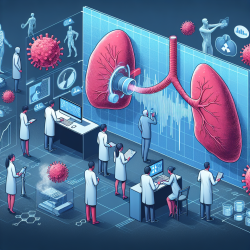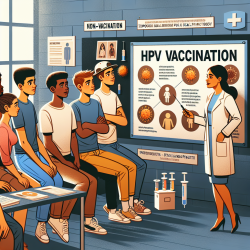Understanding the Hidden Risk: Radon and Lung Cancer
As a speech-language pathologist, you may wonder how radon, a colorless and odorless gas, fits into your practice. The research article "Radon Control Activities for Lung Cancer Prevention in National Comprehensive Cancer Control Program Plans, 2005–2011" provides insights that can be instrumental in improving health outcomes for children and families. Radon is the second leading cause of lung cancer, responsible for approximately 21,000 cases annually in the United States. Despite its significant impact, many cancer coalitions overlook radon as a crucial public health issue.
Key Findings from the Research
The study reviewed 65 cancer plans from 2005 to 2011, revealing that only 42% included radon-specific activities. These activities were categorized into:
- Improving awareness of radon
- Home testing
- Remediation
- Supporting radon policy activities
- Policy evaluation
Despite the availability of inexpensive testing and mitigation techniques, only a few states have aligned their cancer plans with existing radon-specific laws. This gap presents an opportunity for practitioners to advocate for greater awareness and action.
Practical Steps for Practitioners
As a practitioner, you can play a pivotal role in addressing this issue by:
- Educating Families: Inform families about the risks of radon and the importance of testing their homes. Utilize your communication skills to convey this critical information effectively.
- Collaborating with Schools: Partner with schools to ensure that they are aware of radon testing and mitigation. Advocate for radon-resistant building practices in new constructions.
- Engaging in Policy Advocacy: Work with local health departments and cancer coalitions to support policies that prioritize radon testing and mitigation.
- Promoting Research: Encourage further research on radon exposure and its impact on health, particularly in children.
Why This Matters
Addressing radon exposure is not only a matter of public health but also a step towards ensuring safer environments for children. By incorporating radon awareness into your practice, you contribute to a larger effort to prevent lung cancer and promote healthier communities.
To read the original research paper, please follow this link: Radon Control Activities for Lung Cancer Prevention in National Comprehensive Cancer Control Program Plans, 2005–2011.










